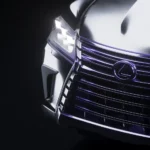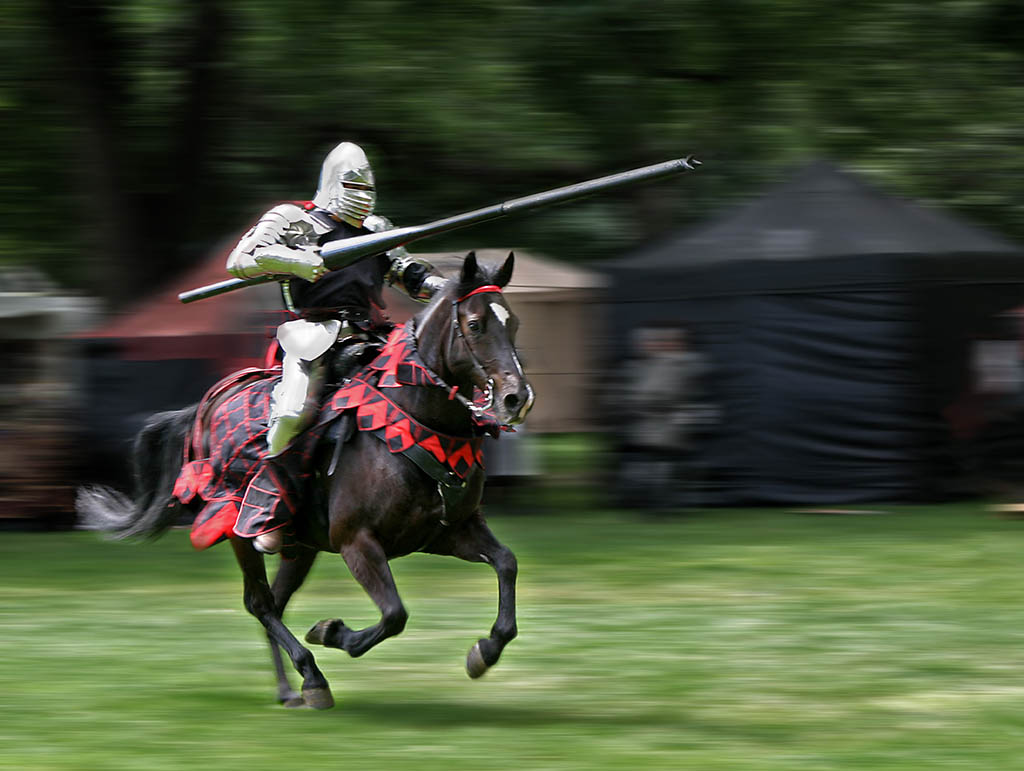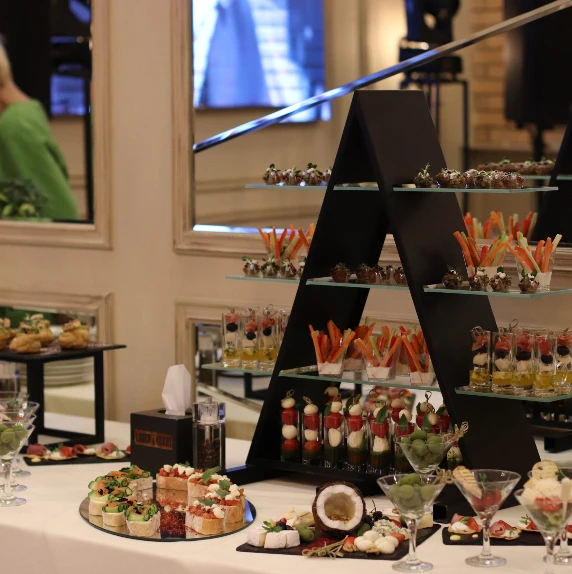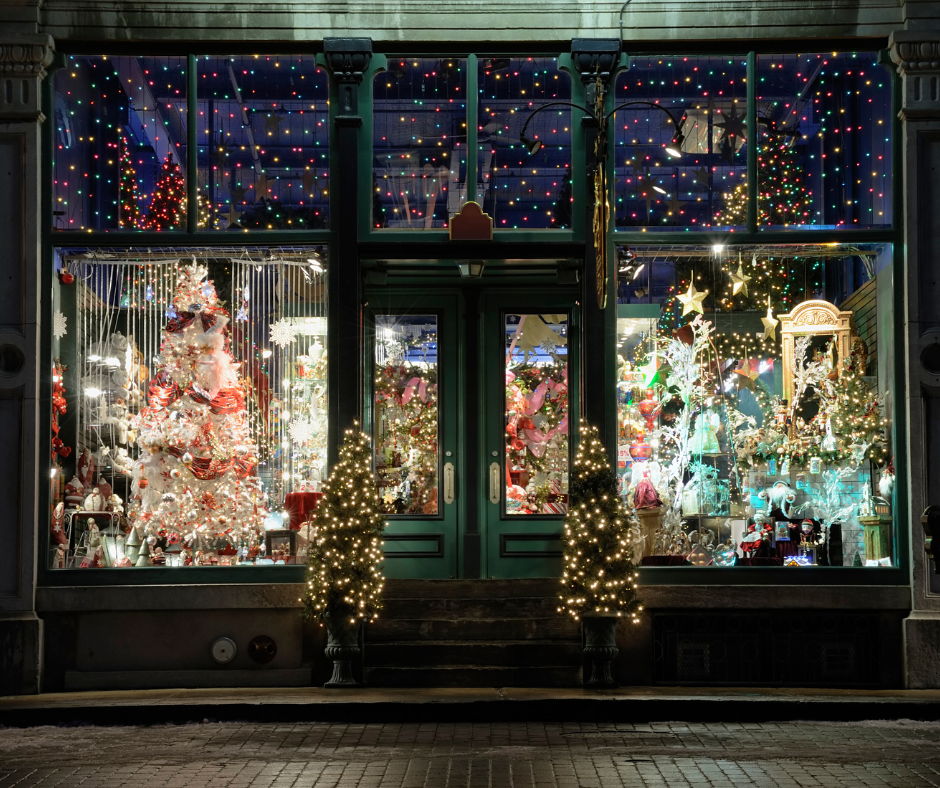A knight’s horse is traditionally called a “destrier.” The destrier was a type of war horse specifically bred and trained for medieval knights. These horses were powerful, strong, and well-suited for the rigors of battle. They played a crucial role in medieval warfare, carrying knights clad in heavy armor into the heat of combat.
Destriers were known for their strength and ability to carry the weight of a fully armored knight, which could be substantial. These horses were prized for their courage and steadfastness on the battlefield, as they needed to remain calm and resolute amidst the chaos of medieval warfare.
The destrier was an essential companion to the knight, and together, they formed a formidable team in the age of chivalry.
What Are The Characteristics Of A Destrier:

Strength and Power: Destriers were bred to be exceptionally strong, and capable of carrying the weight of a fully armored knight, which could be quite substantial. Their robust build allowed them to bear the weight of both the armored knight and their own protective equipment.
Courage: These horses were renowned for their courage and fearlessness in the chaos of battle. They needed to remain steady and steadfast even when confronted with the noise, commotion, and danger of the battlefield.
Steadfastness: In the midst of combat, destriers were expected to remain calm and reliable, providing their riders with a stable platform from which to engage in combat.
Mobility: Despite their strength, destriers were agile and capable of quick movements, enabling knights to charge into battle, pivot, and maneuver effectively.
Why Were Horses Essential For Medieval Knights?
Horses were super important for knights in the olden days because they helped knights move quickly and made them look powerful and a little scary to their enemies. The horses were like best friends to the knights and showed how noble and honorable they were. Horses were essential for medieval knights for several reasons
Mobility and Strategic Advantage
Rapid Battlefield Movement: Medieval knights relied on horses to navigate the often chaotic and rapidly changing battlefield. Horses allowed them to move swiftly to key positions, reinforcing allies or responding to threats.
Tactical Flexibility: Horses gave knights the ability to switch between different roles on the battlefield, whether charging into the enemy lines, pursuing retreating foes, or conducting reconnaissance.
Heightened Battlefield Awareness
Elevated Vantage Point: Mounted on horseback, knights gained an elevated vantage point, enabling them to survey the battlefield more effectively. This advantage allowed them to make informed decisions and adapt to changing circumstances.
Improved Communication: Horses helped knights communicate with their fellow warriors and commanders more efficiently. They could relay orders and information while on the move.
Shock Value and Psychological Impact
Fear-Inducing Charges: The sight of a fully armored knight on horseback charging at high speed was a terrifying spectacle for opposing forces. This shock value could break enemy lines and demoralize opponents.
Symbol of Power: Knights on horseback embodied power and authority, projecting an image of nobility and honor. The presence of a warhorse signaled a warrior’s social status and commitment to chivalric ideals.
Armor Support and Load-Bearing
Carrying Heavy Armor: Medieval knights wore substantial suits of armor, sometimes weighing over 100 pounds. Horses were strong enough to bear this weight, allowing knights to remain agile and well-protected in combat.
Equipment Transport: Horses also assisted in carrying the knight’s weapons, shields, and other essential equipment, ensuring that knights were well-prepared for battle.
Pursuit and Elimination
Effective Pursuit: After a successful engagement, knights on horseback could efficiently pursue retreating enemies. This capability prevented the enemy from regrouping and mounting a counterattack.
Securing Victory: The ability to pursue and eliminate routed foes was instrumental in securing battlefield victories and ensuring the safety of the knight’s allies.
How were destriers bred and trained in medieval times?
In medieval times, destriers were bred and trained with great care to develop the strength, courage, and skill required for their role as warhorses for knights.
Breeding Destriers
Selective Breeding: The first step in creating a destrier was selective breeding. Horses with the desired qualities, such as strength, agility, and a calm temperament, were chosen as breeding stock. These qualities were often passed down from generation to generation.
Lineage and Pedigree: Bloodlines were of great importance, and noble families often kept meticulous records of their horse lineages. Horses with distinguished lineage were highly valued.
Crossbreeding: In some cases, crossbreeding was used to enhance certain characteristics. For instance, the introduction of Arabian bloodlines was believed to improve endurance and agility.
Training Destriers
Early Socialization: Foals destined to become destriers were handled and socialized from a young age. This helped them become accustomed to human contact and develop trust in their trainers.
Basic Obedience: Training began with basic obedience, including leading, haltering, and responding to verbal commands. This early training was crucial for building the horse’s trust in its handlers.
Saddling and Armor Introduction: As the horse grew, it was gradually introduced to the weight and feel of armor, initially with padded coverings and later with actual armor. This helped the horse become accustomed to the added weight and restrictions of the knight’s equipment.
Desensitization: Destriers underwent extensive desensitization training to ensure they remained calm in the face of loud noises, sudden movements, and other battlefield distractions. They needed to be unflappable in the midst of combat.
Combat Maneuvers: Training also included the teaching of combat maneuvers, such as charging, pivoting, and responding to the knight’s cues. These movements were practiced regularly to ensure that the horse would perform them reliably in battle.
Jousting and Tournament Practice: Knights and their horses practiced for jousting tournaments, honing their skills in controlled combat scenarios. These tournaments allowed knights to refine their combat techniques and maintain their bond with their horses.
Loyalty and Trust: Building a deep bond of trust and loyalty between the knight and the destrier was a fundamental aspect of training. Knights and their horses often spent years together, forging a strong partnership that was vital on the battlefield.
What was the role of destriers in medieval battles?
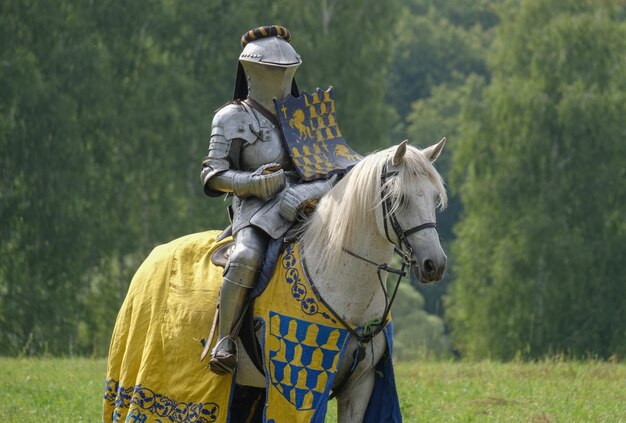
Destriers played a crucial and multifaceted role in medieval battles, serving as invaluable companions to knights.
Shock and Charge
One of the primary functions of destriers was to carry knights into the heart of battle, often leading the charge. This powerful, full-speed charge was designed to break through enemy lines and create chaos among opponents.
The sheer force and momentum of a fully armored knight on a destrier could have a devastating impact on enemy formations.
Enhanced Mobility
The mobility provided by destriers allowed knights to swiftly reposition on the battlefield, reinforcing vulnerable areas or exploiting opportunities. This agility was crucial for adapting to changing battlefield dynamics.
Pursuit
After successful engagements, destriers were employed to pursue and eliminate retreating or fleeing enemies. This prevented the enemy from regrouping and mounting a counterattack, contributing to overall victory.
Protection
In addition to carrying knights, destriers often wore protective armor, which shielded the horse from enemy weapons and reduced the risk of injury. This protection was essential for the horse’s longevity in battle.
Psychological Impact
The sight of a fully armored knight on a charging destrier was a fearsome and awe-inspiring spectacle. The psychological impact of such a charge could demoralize enemy forces and inspire fellow warriors.
Transport of Weapons
Horses, including destriers, were used to transport weapons, shields, and other essential equipment to the battlefield. This allowed knights to remain well-equipped and prepared for combat.
Versatility
While destriers were primarily bred for war, they demonstrated versatility by being trained to perform a range of battlefield maneuvers. This flexibility made them valuable assets in various combat situations.
FAQ
What breed of horses did knights ride?
Knights rode various breeds of horses, including destriers, coursers, and palfreys, chosen for their strength and agility.
What is horse armor called?
Horse armor is called “barding,” and it was used to protect the horse during combat, just like a knight’s armor.
Why is a horse called a knight?
A horse is not called a knight. A knight is a human warrior, while a horse is a noble steed that knights rode into battle.
Is a knight and a horse the same?
No, a knight and a horse are not the same. A knight is a human warrior, and a horse is a four-legged animal used for transportation and combat.
Is the knight always on a horse?
Knights often rode horses but were not always on them. They dismounted for various activities and fought on foot when necessary.
How tall is a knight’s horse?
The height of a knight’s horse varied, but they were generally sturdy and strong, with an average height of about 15 to 17 hands.
Is a knight a boy or a girl?
A knight can be male or female. In medieval times, knights were typically men, but in modern contexts, women can also hold the title of knight.
What animal represents a knight?
In heraldry, a knight is often represented by various animals on their coat of arms, such as lions, eagles, or horses, each symbolizing different virtues and characteristics.
Final words
In the world of knights and chivalry, the horse was not just a horse. It was the knight’s closest friend and most trusted companion. These special horses, known as destriers, were strong, courageous, and noble. They helped knights charge into battle, protected them with armor, and inspired fear in their enemies.
But more than that, they embodied the very spirit of knighthood, honor, and bravery. The story of a knight’s horse is a story of loyalty and courage, where a simple horse became a symbol of nobility and a partner in the pursuit of chivalry.
These noble steeds left an indelible mark on the age of knights, reminding us of the enduring bond between humans and their animal allies.






